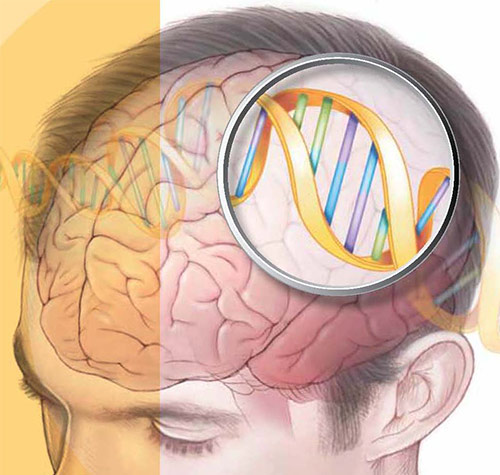
Results from a new University of Pennsylvania study carried out in a mouse model suggest that childhood onset, neurodevelopmental CDKL5 deficiency disorder (CDD) could be targeted in adulthood in the future.
CDD, which occurs in around 1 in 42,000 live births, is caused by mutations in the CDKL5 gene and causes a range of severe neurological symptoms from early infancy such as epilepsy, intellectual and motor disabilities, and speech and visual impairment.
There is presently no cure for CDD and treatment options are limited and largely focus on targeting the epileptic symptoms that most individuals with the condition experience. As gene therapy has advanced enormously in recent years, CDD could be a good candidate for developing such a therapy in the future.
For any early onset genetic disorder, timing of such therapies can be key. “One of the big questions for any genetic disease concerns the curability of the disorder and the extent of the time window in which a therapeutic approach, such as gene therapy, can help patients,” said senior researcher on the study Zhaolan Zhou, a professor of genetics at the University of Pennsylvania, in a press statement.
To investigate this issue further, Zhou and colleagues carried out research in a mouse model of CDD. As described in the Journal of Clinical Investigation, Zhou and team genetically engineered Cdkl5 knockout mice that had similar symptoms to humans with the condition.
They looked at the activity of this gene throughout the lifespan of the mice; both those born with this condition and in mice who had the gene ‘switched off’ at 6 weeks of age. They found that both sets of mice had similar symptoms suggesting that activity of this gene is not only important for early-stage brain development. “This suggests that CDKL5 has an indispensable role in the adult brain,” Zhou said.
The team also restored the activity of this gene in mice that had previously been lacking it and found that their neurological symptoms seemed to improve significantly.
This finding is good news for those hoping to develop a gene therapy for CDD, as it suggests there would be a wider time window for therapy and that adults with the condition may also benefit from a future therapy.
“Our temporal reversal findings… demonstrate the potential for treatment of neurological symptoms despite the lack of a relatively stable early postnatal period,” write the authors.
“We also found that post-developmental restoration of Cdkl5 expression ameliorated multiple behavioral deficits related to CDD in hemizygous male mice… These findings raise the possibility that the CDD treatment time window is likely broader than previously expected for numerous deficits.”
The team now plans to broaden and extend their study, for example, by also including female mice as the mice in this study were male. This is important as most individuals with CDD are female. They also plan to look at the effects of Cdkl5 restoration over time and at different ages.













